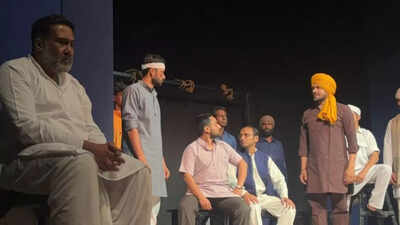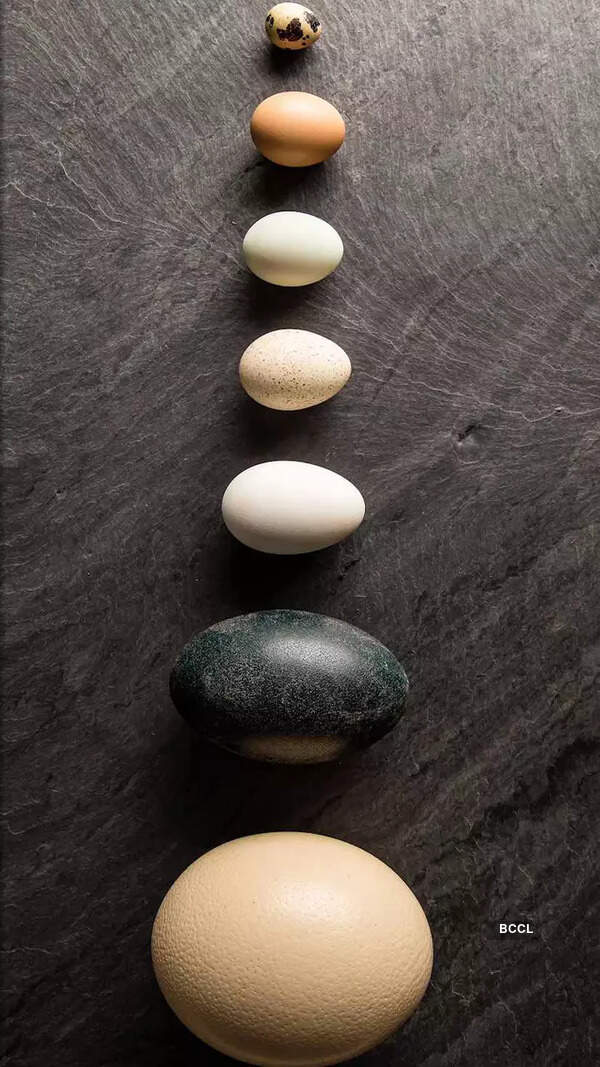Trending
Gagan Damama Bajyo: A mirror into the personal and political lives of revolutionaries
Sukhmanch Theatre's play 'Gagan Damama Bajyo', directed by Shilpi Marwaha and written by Piyush Mishra, vividly portrays the revolutionary spirit of Bhagat Singh and his comrades. The performance delves into their political and personal struggles during India's independence movement, highlighting their relentless fight against colonial oppression.
On January 23, Martyr’s Day, Sukhmanch Theatre organised a theatrical performance of ‘Gagan Damama Bajyo’, a play written by Piyush Mishra, and organised by Shilpi Marwaha. The performance was in Lok Kala Manch, Delhi, and attracted an audience from all walks of life, students and adults, having an interest in the life of people who lost their lives for India’s independence.
The mix of Piyush Mishra’s writing, and Shilpi’s direction was the perfect mix of energy and historical relevance, and enthralled the audience.
Gagan Damama Bajyo celebrates the revolutionary spirit of Bhagat Singh and his compatriots, and tells the story of India’s independence struggle through a lens that is poetic and political at the same time.
The play starts with Batukeshwar Dutt sitting in a hospital when suddenly he has a guest who takes him down memory lane.
With Bhagat Singh and others in the limelight, they discuss how the British, and even their children who are not serving with the government, are violent and unfair towards Indians, provoking them with racial slurs and treating them like 3rd class citizens in their own country. They discuss how it is important to tackle these worries and how it is important to make them understand about the awakening of Indians, and how to improve the socio-political conditions of their time.

As the theatrical goes on, we learn that at the heart of Gagan Damama Bajyo is the idea of revolution. It shows how Bhagat Singh and his fellow revolutionaries were willing to sacrifice everything, including their lives, for the larger cause of India’s freedom, and it does not glorify violence in any sort, but shows a side where limited violence and non-cooperation was a response to colonial oppression.
Moving ahead, the play also presented slight hints of ideological differences between the freedom fighters, with how some had unbreakable trust on the senior leaders, while others doubted their leadership and decisions post the failure of certain movements.
As the play moves ahead, there are deep discussions and discourses about what independence means for India, and how India does not just need to be free with a list of rules, but needs to be independent with a clear vision of what will happen ahead.
Through the play, we also see the political struggles and the personal struggles that each of the fighters faced. It showed the relationship between Sukhdev and Bhagat Singh, between Rajguru and Singh, between Chandrashekhar Azad and members of the Hindustan Republican Association.
It also showed the family struggles Bhagat Singh had, with his parents asking him to start a family, but for Singh, a free India was the only dream and ideal life.

We also see the day when Bhagat Singh, Rajguru, and others were tried, and when the court proceedings turned into a riot as the process to make bombs at home was revealed.
End of Article
FOLLOW US ON SOCIAL MEDIA
Visual Stories
Tired of too many ads?









